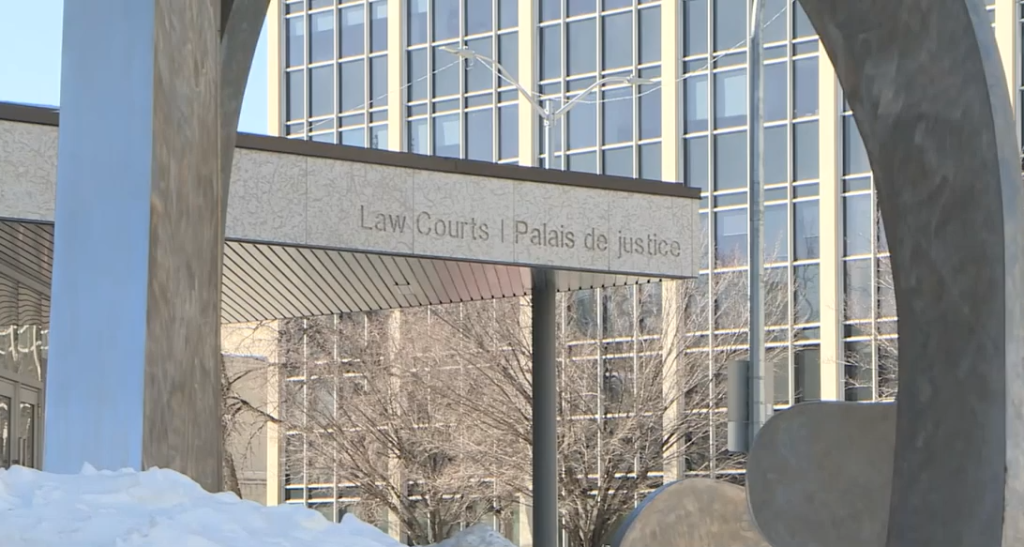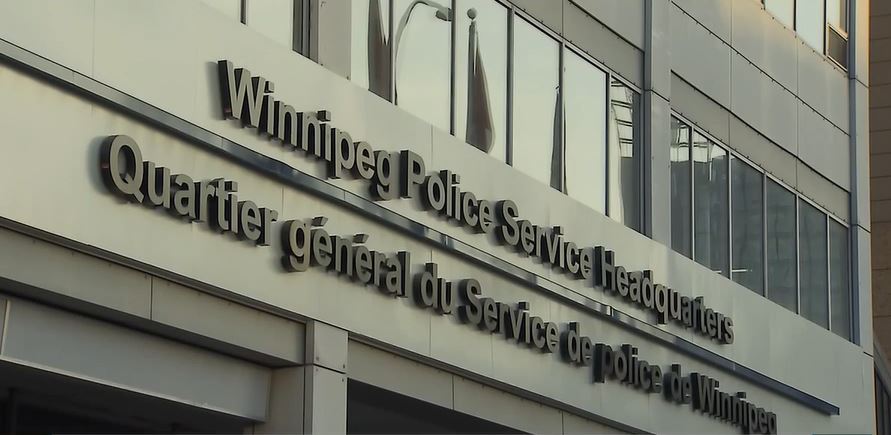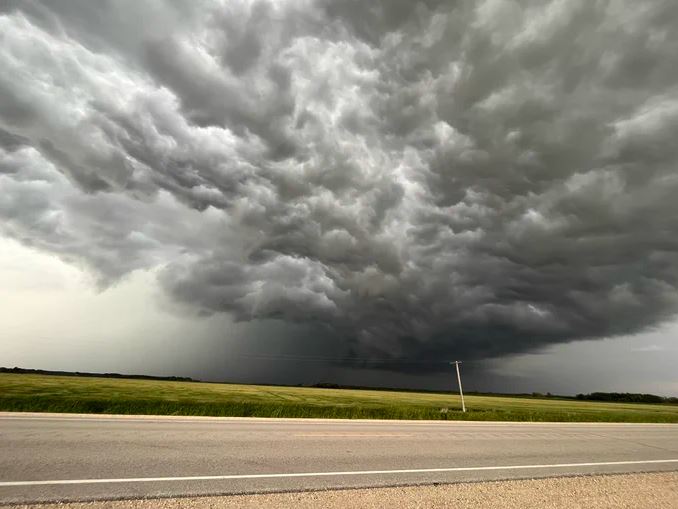Expert says AEDs could be useful tool in Winnipeg Police Service patrol vehicles
Posted November 23, 2023 4:56 pm.
Last Updated November 23, 2023 9:09 pm.
You find AEDs (automated external defibrillator) almost everywhere — in gyms, community centres, libraries, and airports — but one place you won’t find this life-saving piece of equipment is inside the Winnipeg Police Service’s patrol cars and some experts say it’d be an important tool for officers to have.
“35,000 cardiac arrests happen outside of hospitals in Canada each year and having the tools to save a life at someone’s disposal is really going to increase the odds of survival,” explained Andrew Lotto, with the Heart and Stroke Foundation.
“In a cardiac arrest, in an emergency like this, time is everything, time is life. So it’s really important to reduce the amount of time between the first signs of an emergency and the first intervention in the emergency.”
In an inquest examining the deaths of five men who passed following police interactions in less than a year, Inquest counsel Mark Lafreniere has been asking officers involved in the interactions if anything could have been done differently, and while all have testified police themselves did everything they could, in both the deaths of Patrick Gagnon and Sean Thompson, officers have testified a defibrillator may have been a factor.
MORE ON THE INQUEST:
CityNews reached out to Winnipeg Police to find out if defibrillators are currently in patrol cars, or in any police vehicles, but a response was not received by deadline.
“What we’re looking for is to make AEDs as commonplace as fire extinguishers. And a static defibrillator is a great thing to have. You know where it’s going to be located if it’s in a building, the problem is not all emergencies happen in buildings that are equipped with a defibrillator or locations where a defibrillator is nearby,” said Lotto.
Lotto says time and time again, the devices are saving lives and are now more affordable, and effective than ever.
While he couldn’t comment specifically on what was happening to the men who died following their interactions with police, but said a police cruiser, maybe the right location to have the rescue device in the future.
“Emergencies happen at the roadside, emergencies happen at people’s houses and homes, so a portable unit, a unit brought by the first-responder that arrives on the scene and gets used to defibrillate that person right away — is supercritical. And we all know that it’s not always paramedics who arrive on scene, it might be fire, it might be police. So whatever emergency service arrives, they should have the tools to save a life.”
While responding to a separate police interaction involving Matthew Fosseneuve, whose death is also being examined as part of the inquest, Keenan Dyck, a paramedic with the Winnipeg Fire and Paramedic Service, testified that an AED would be a valuable tool to have on scene — even before paramedics arrive — saying the faster an AED is utilized, the better the outcome.











